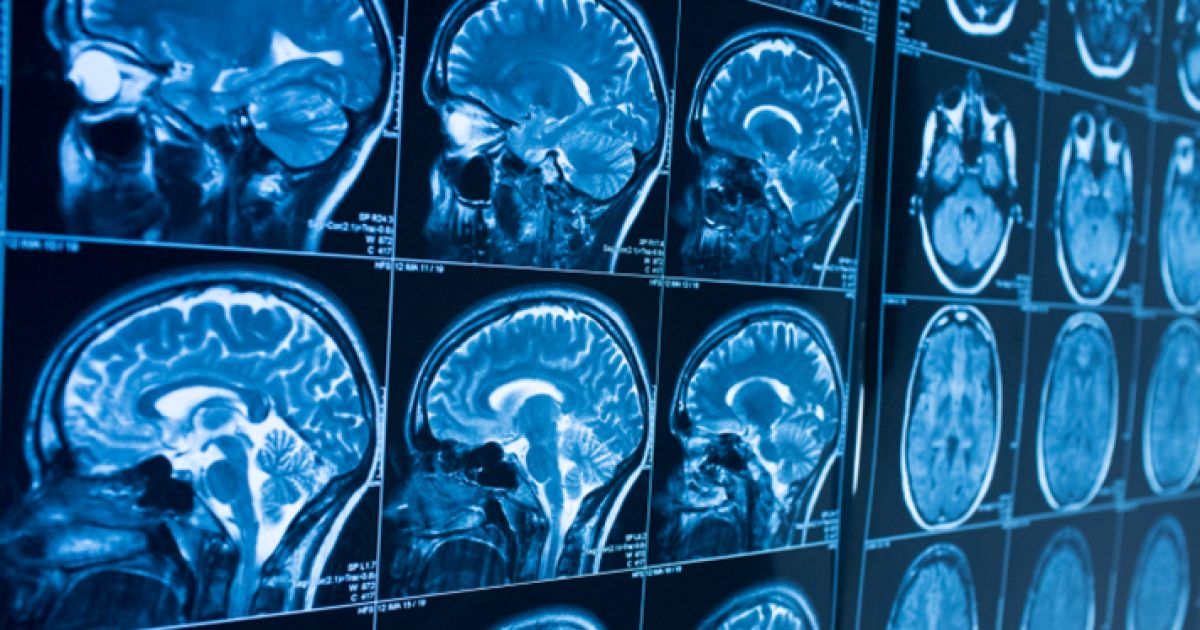Causes, Risk Factors, And Complications Of Disseminated Intravascular Coagulation (DIC)
Brain Or Crush Injuries

An individual who has experienced brain or crush injuries is at an increased risk of developing DIC due to the association between it and severe trauma. Brain injuries that occur due to trauma and crush injuries have the potential to induce disseminated intravascular coagulation through a combination of different mechanisms. Crush injuries are known to cause a mass rupture of thousands of cells simultaneously upon bodily impact. This cause of cellular apoptosis induces the bulk release of tissue materials such as phospholipids and tissue factor into the patient's systemic circulation. Crush injuries also cause a large volume of hemolysis (red blood cell destruction) on top of extensive damage to the blood vessel walls. A combination of one or more of these mechanisms is thought to induce the reactive activation of the coagulation cascade in multiple systems in the body. Individuals who suffer from the brain or crush injuries involving trauma have almost identical sequencing of system-wide inflammatory cytokines as patients affected by a septic infection of the blood. While it is difficult to pinpoint the exact processes of DIC development in every brain and crush injury patient, the release of materials, extensive damage, and actions of a mass cytokine influx are all thought to play key roles.
Get familiar with another reason why disseminated intravascular coagulation can occur now.